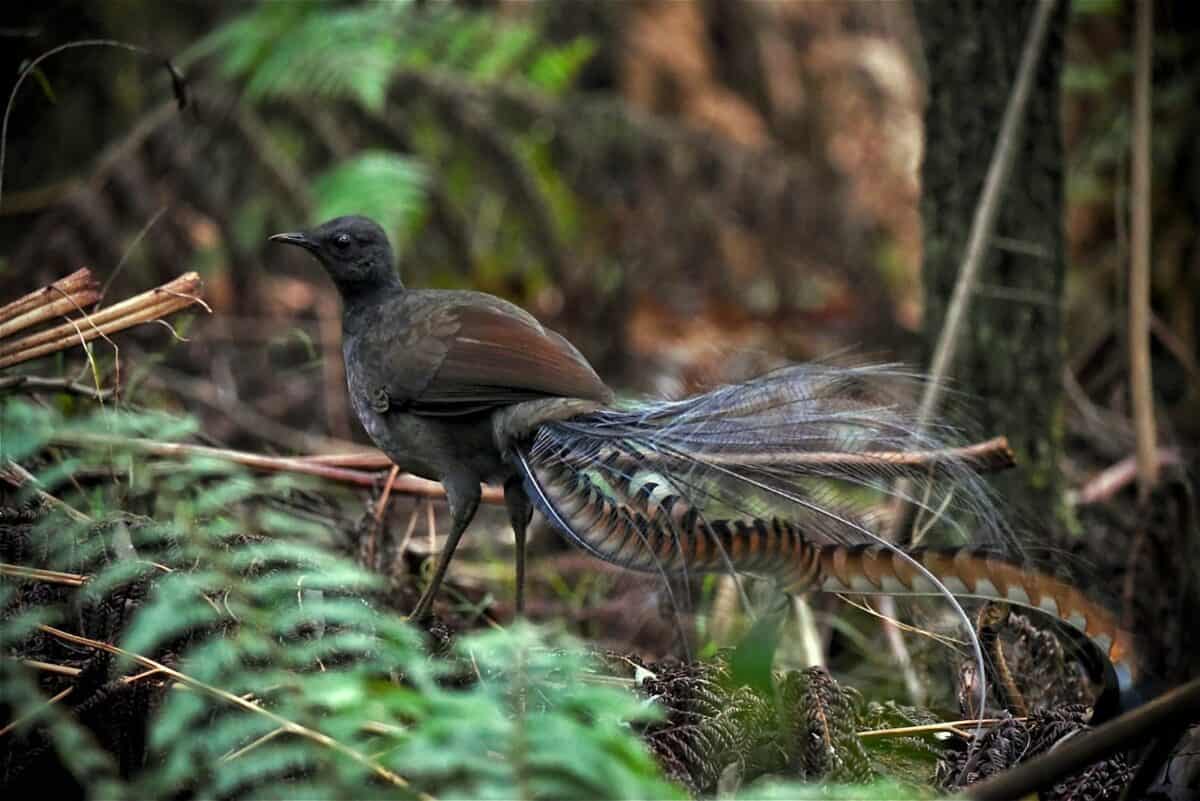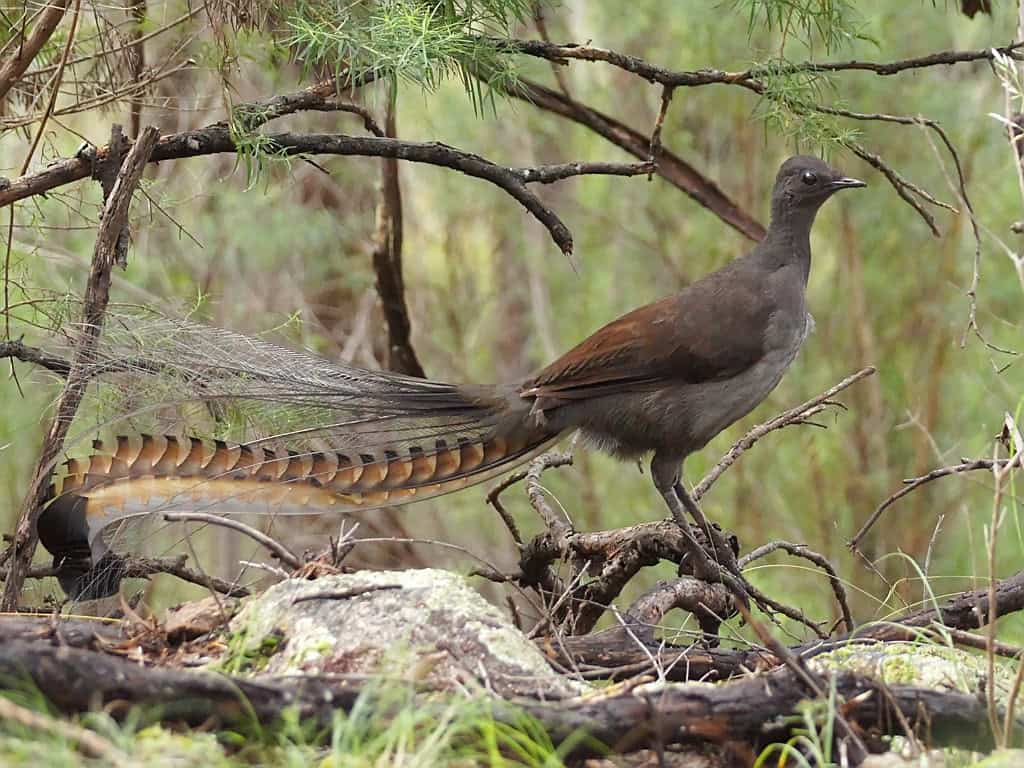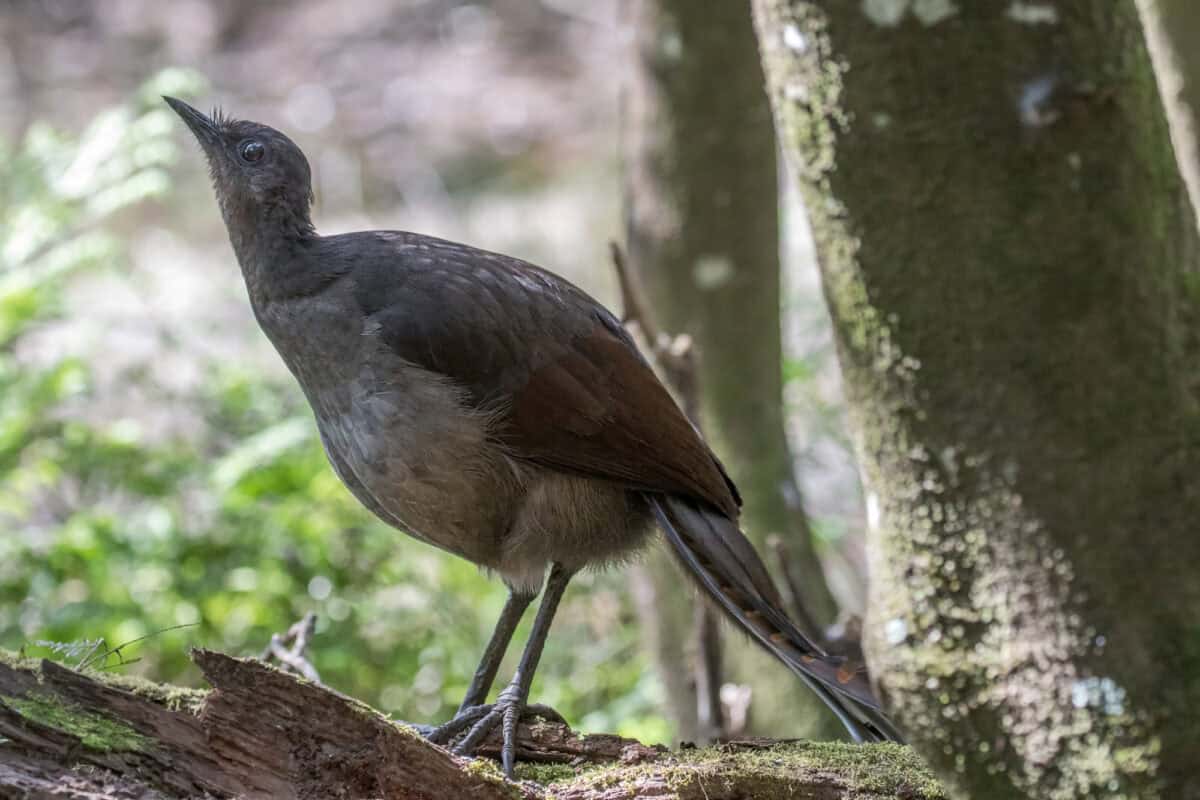Deep within the lush forests of Australia lies one of nature’s most extraordinary vocalists – the lyrebird. Known for their astonishing ability to mimic natural and artificial sounds, lyrebirds are not only fascinating in their mimicry but also in their unique courtship behaviors. Here, we delve into the lyrebird’s use of song in their captivating mating rituals, revealing the intricate tapestry of sounds that is the lyrebird’s symphony of courtship.
The Lyrebird’s Exceptional Vocal Abilities

Lyrebirds, particularly the Superb Lyrebird (Menura novaehollandiae) and the Albert’s Lyrebird (Menura alberti), are celebrated for their exceptional vocal talents. These ground-dwelling birds possess complex syrinxes, which allow them to produce a wide range of sounds. Unlike many other songbirds, lyrebirds can mimic not only other bird species but also environmental noises and even human-related sounds such as chainsaws, camera shutters, and car alarms.
Their repertoire is not just a random collection of noises; it is carefully curated and practiced. This ability to imitate is integral to their survival and reproductive success, making them one of the most proficient vocal mimics in the animal kingdom.
The Role of Song in Lyrebird Courtship

In the world of lyrebirds, sound is more than just communication; it is an art form and a crucial aspect of courtship. Male lyrebirds use their vocal skills to attract potential mates by creating complex displays of song. These displays occur mainly during the breeding season, which typically runs from June to August.
As part of their courtship ritual, male lyrebirds perform elaborate songs that can last anywhere from a few minutes to over an hour. They stand in a cleared performance area, often on a mound or a log, to aid the projection of their sounds. The male sings a mix of his own calls interwoven with mimicry of other birds and sounds from their environment, creating an extended medley that showcases his vocal prowess.
The Symphony of Sounds

The lyrebird’s song is a masterpiece of mimicry and innovation. In addition to mimicking other bird species like kookaburras, cockatoos, and parrots, lyrebirds incorporate the sounds they hear in their habitat, whether it be the rustle of leaves, the flowing of water, or, remarkably, the sound of human activity. This ability to seamlessly blend naturally occurring and anthropogenic sounds into one harmonious tune makes their audial displays incredibly unique and captivating.
Each male has a unique song repertoire, and it is this individuality, along with the complexity and skill of the performance, that attracts females. Females typically select mates based on the quality and variety of the males’ songs, with more impressive vocal displays indicating a fitter and more genetically suitable partner.
The Evolutionary Advantage of Mimicry

But why do lyrebirds engage in such elaborate vocal mimicry? From an evolutionary perspective, these vocal displays offer several advantages. By producing such complex and varied songs, males demonstrate their cognitive abilities and overall fitness. Since mimicking sounds accurately requires significant neurological processes, a male that excels in this area is seen as a genetically superior mate.
This vocal talent may also serve as a tool for deterring rival males and asserting dominance within their territories. The sophisticated mimicry skills might confuse or awe competitors, effectively reducing competition for mates.
Conclusion: A Symphony of Survival

The lyrebird’s song is a testament to the intricate and diverse strategies employed by animals in nature to ensure reproductive success. These avian virtuosos captivate not only their prospective mates but also humans who are lucky enough to witness their stunning performances. As researchers continue to study these musical marvels, the lyrebird remains a beacon of nature’s wondrous complexity, proving that in the world of birds, survival is as much an auditory affair as it is a visual one.
- How Bison Are Reshaping the American Prairie - August 25, 2025
- Bats as Harbingers of Luck—and Doom—in Global Folklore - August 25, 2025
- Are Wildlife Corridors Really Helping Animals Migrate? - August 25, 2025

